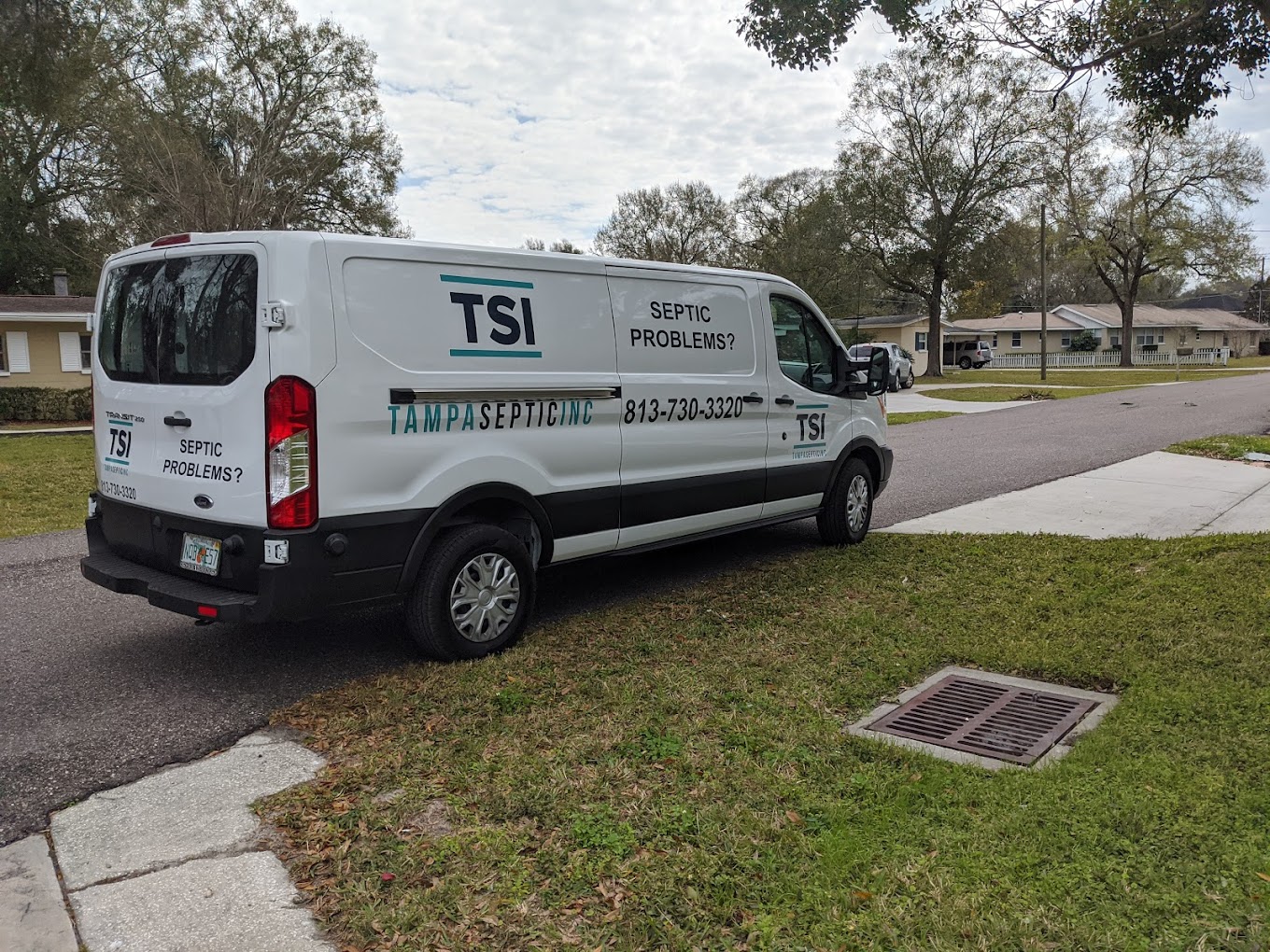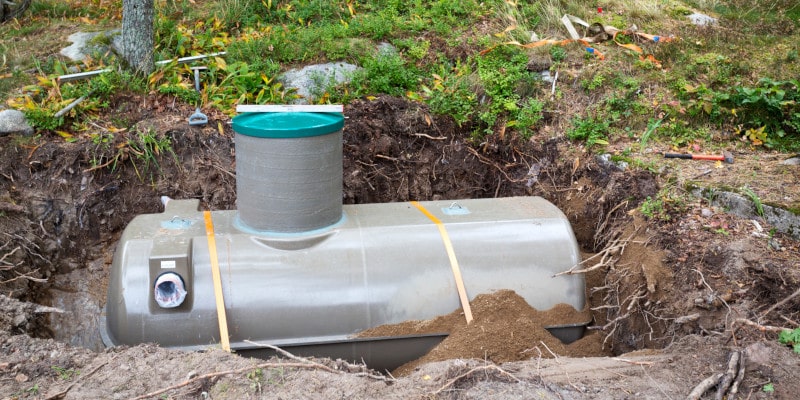 At Tampa Septic, we understand that if you’ve never lived in a home with a septic tank before, making that transition can be a little confusing. Unlike a home connected to a municipal sewer system, where you only have to be responsible for the plumbing on your property and the function of the sewers themselves is the responsibility of the city, septic tanks are part of your private property and are therefore your problem. This unfamiliar responsibility can make living in a home with a septic system for the first time somewhat daunting. At Tampa Septic, we believe that being informed is the best way to combat anxieties about septic tanks, so we’ve prepared this overview of how they work.
At Tampa Septic, we understand that if you’ve never lived in a home with a septic tank before, making that transition can be a little confusing. Unlike a home connected to a municipal sewer system, where you only have to be responsible for the plumbing on your property and the function of the sewers themselves is the responsibility of the city, septic tanks are part of your private property and are therefore your problem. This unfamiliar responsibility can make living in a home with a septic system for the first time somewhat daunting. At Tampa Septic, we believe that being informed is the best way to combat anxieties about septic tanks, so we’ve prepared this overview of how they work.
Once wastewater leaves your home, it passes into the septic tank. In the tank, waste separates into liquid and solid components. The solids sink to the bottom of the tank, where bacteria break them down into sludge; the sludge remains in the tank until it is pumped out, which we recommend you have done every 3 to 5 years. The liquid, on the other hand, passes through the tank and into the drain field, a network of perforated pipes and gravel filters that removes contaminants from the water before releasing it slowly back into the soil. Some septic systems may use additional components–for example, one built uphill of the home will need a lift station pump–but these are the two basic pieces.
As mentioned, regular pumping and maintenance is important to keep septic tanks in good working order. You can call our team at Tampa Septic to set up a regular pumping schedule, as well as to address any immediate problems.




